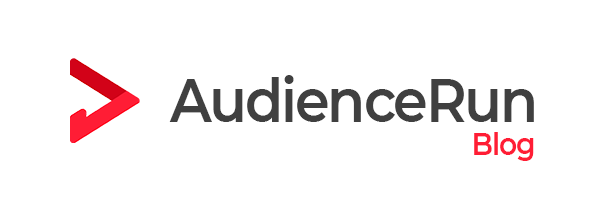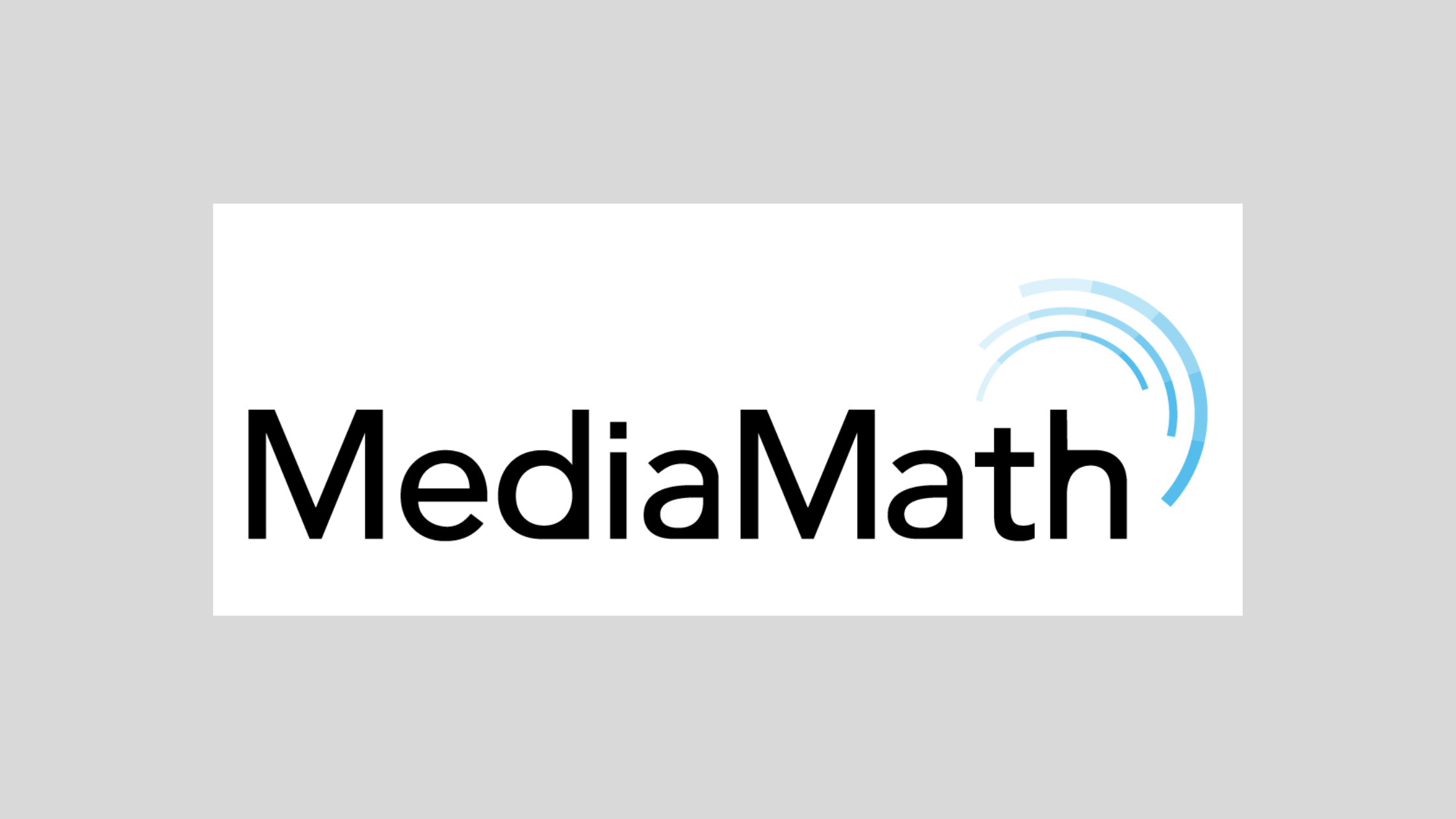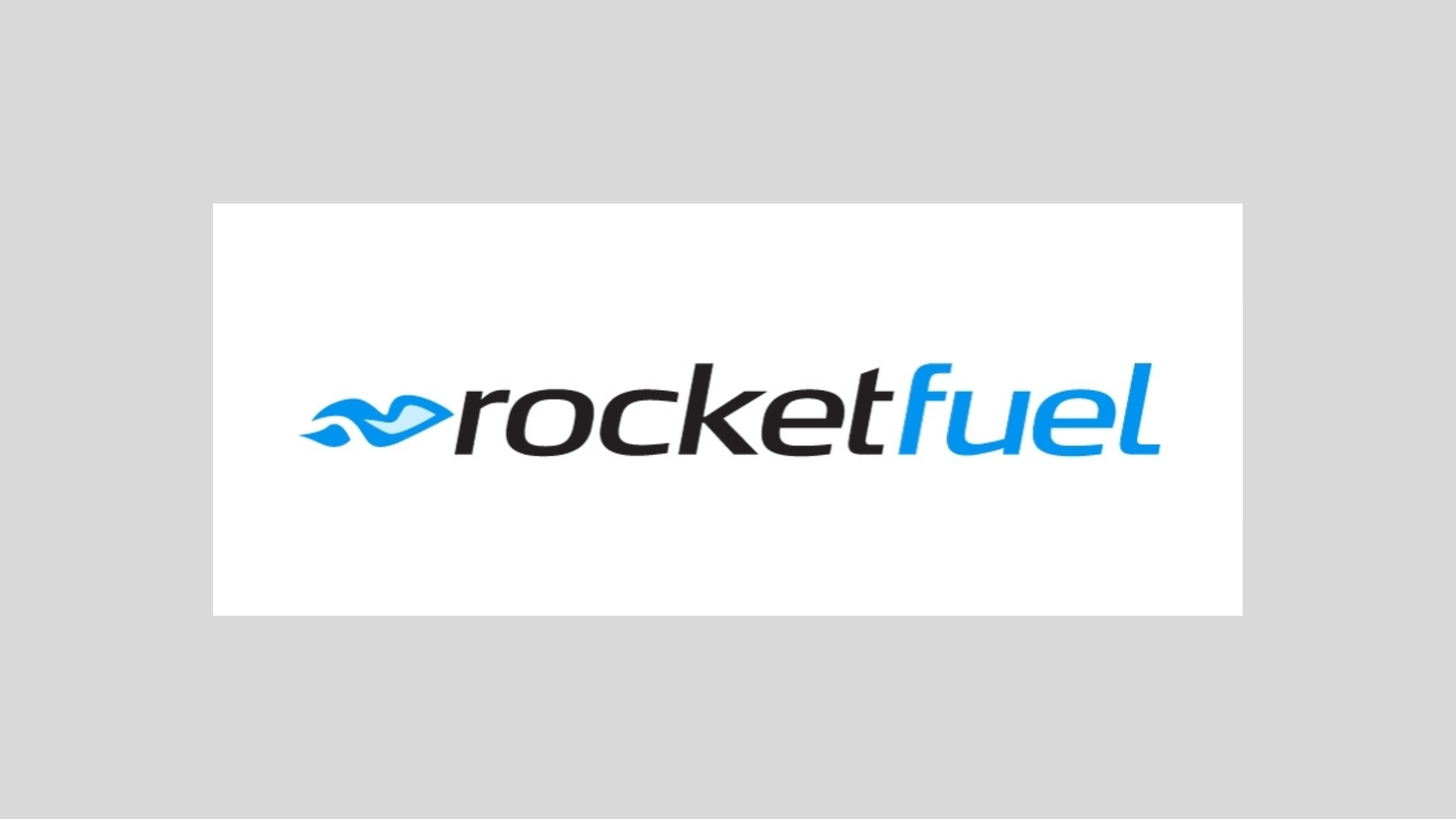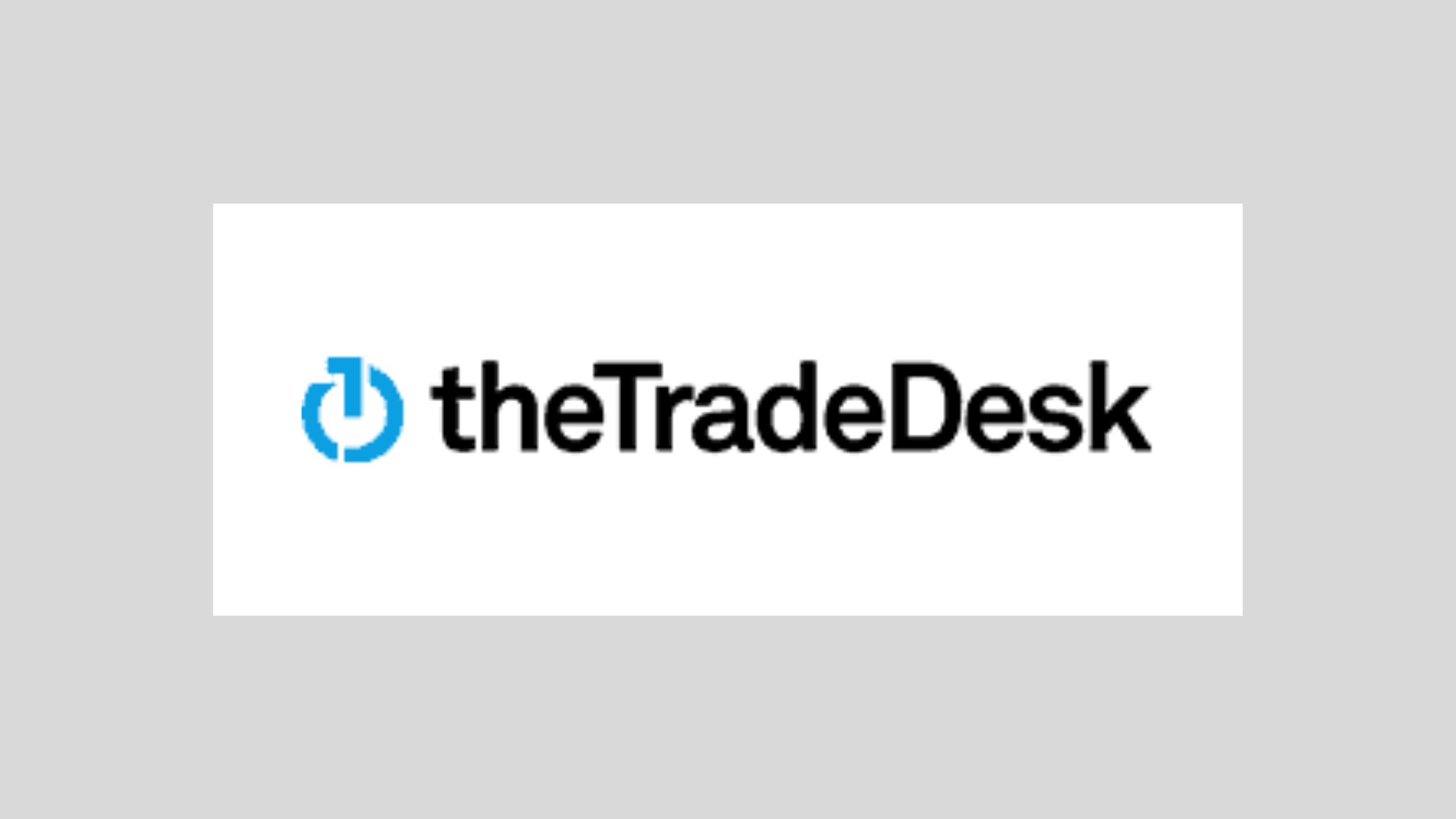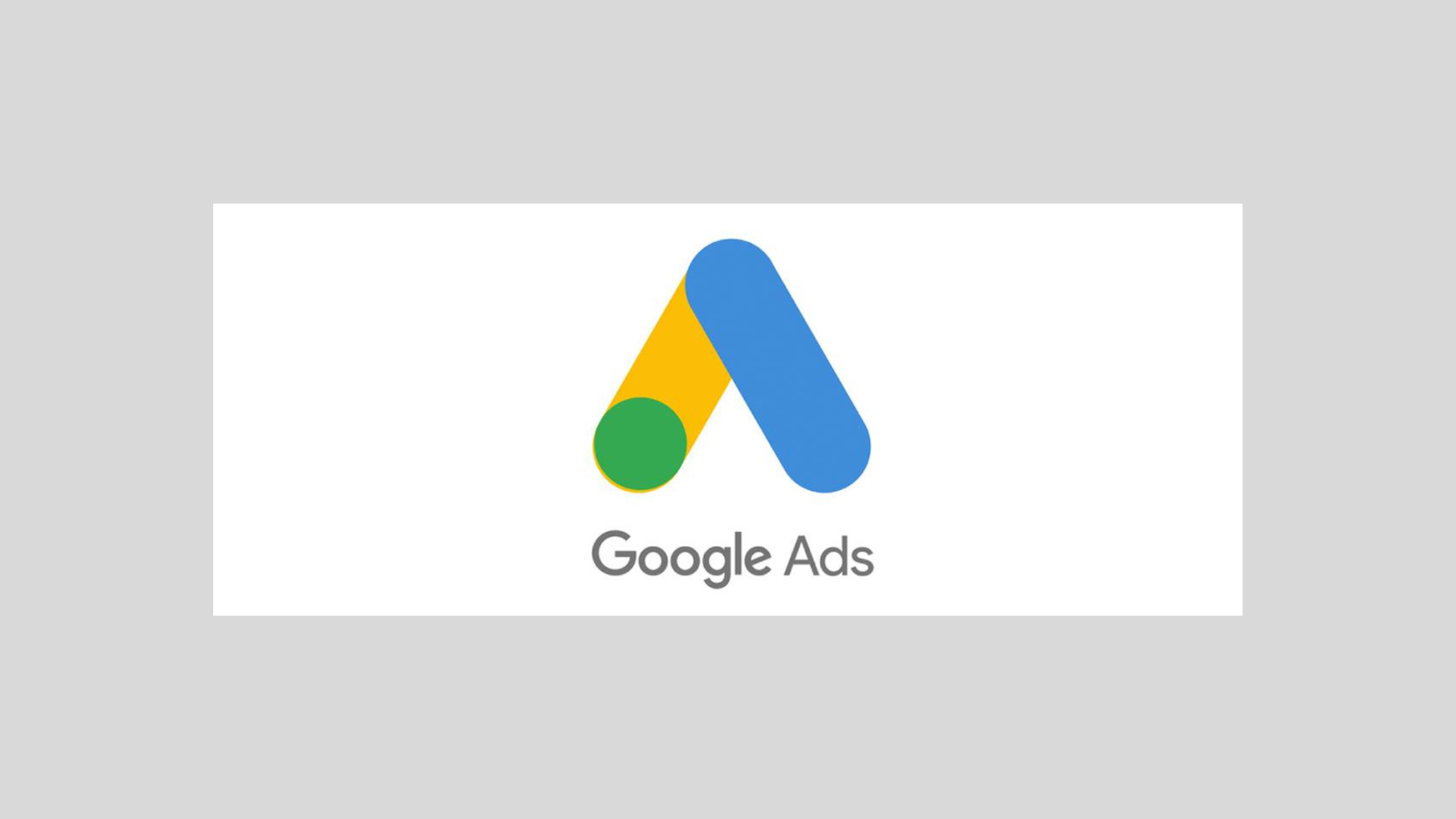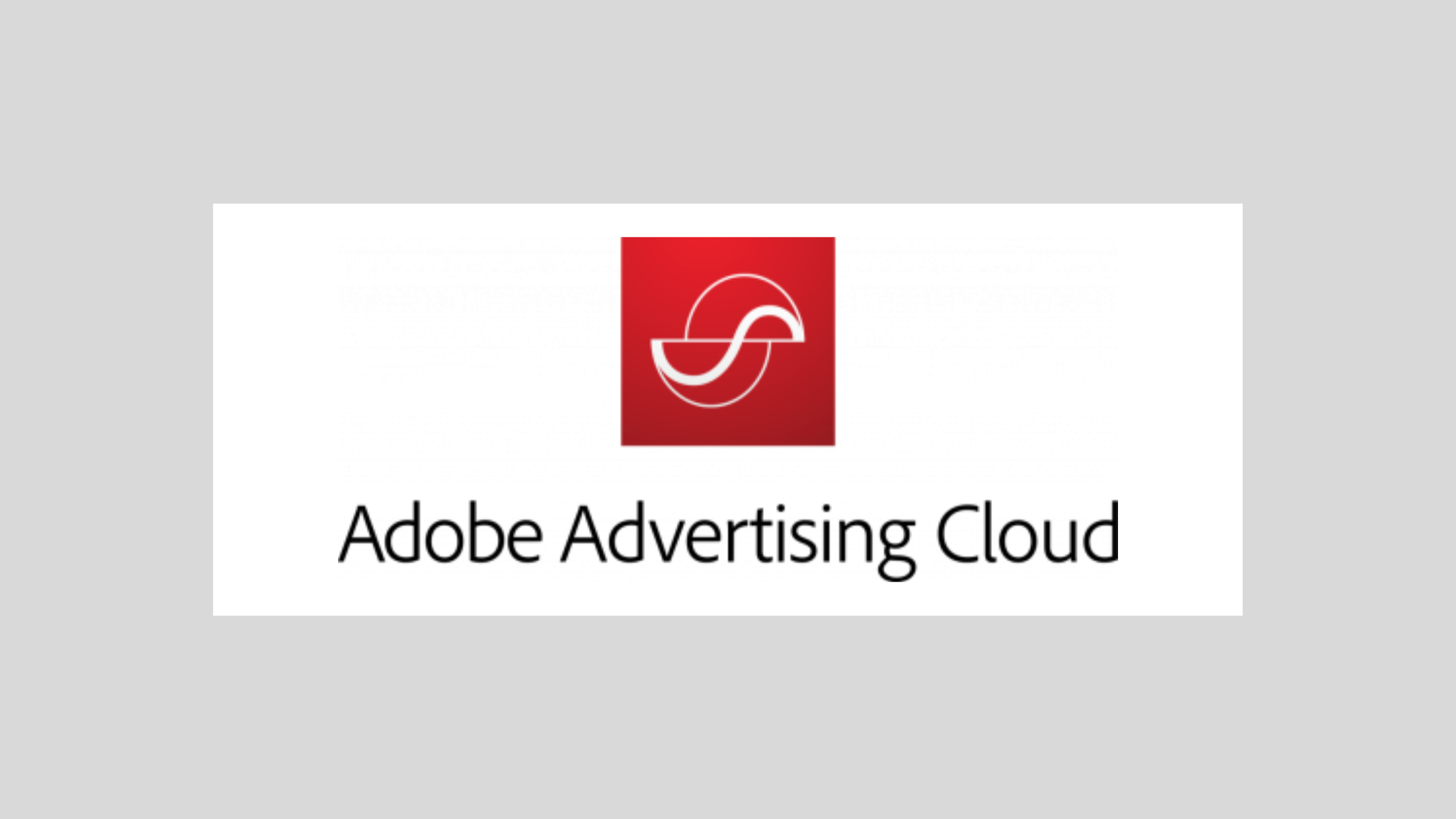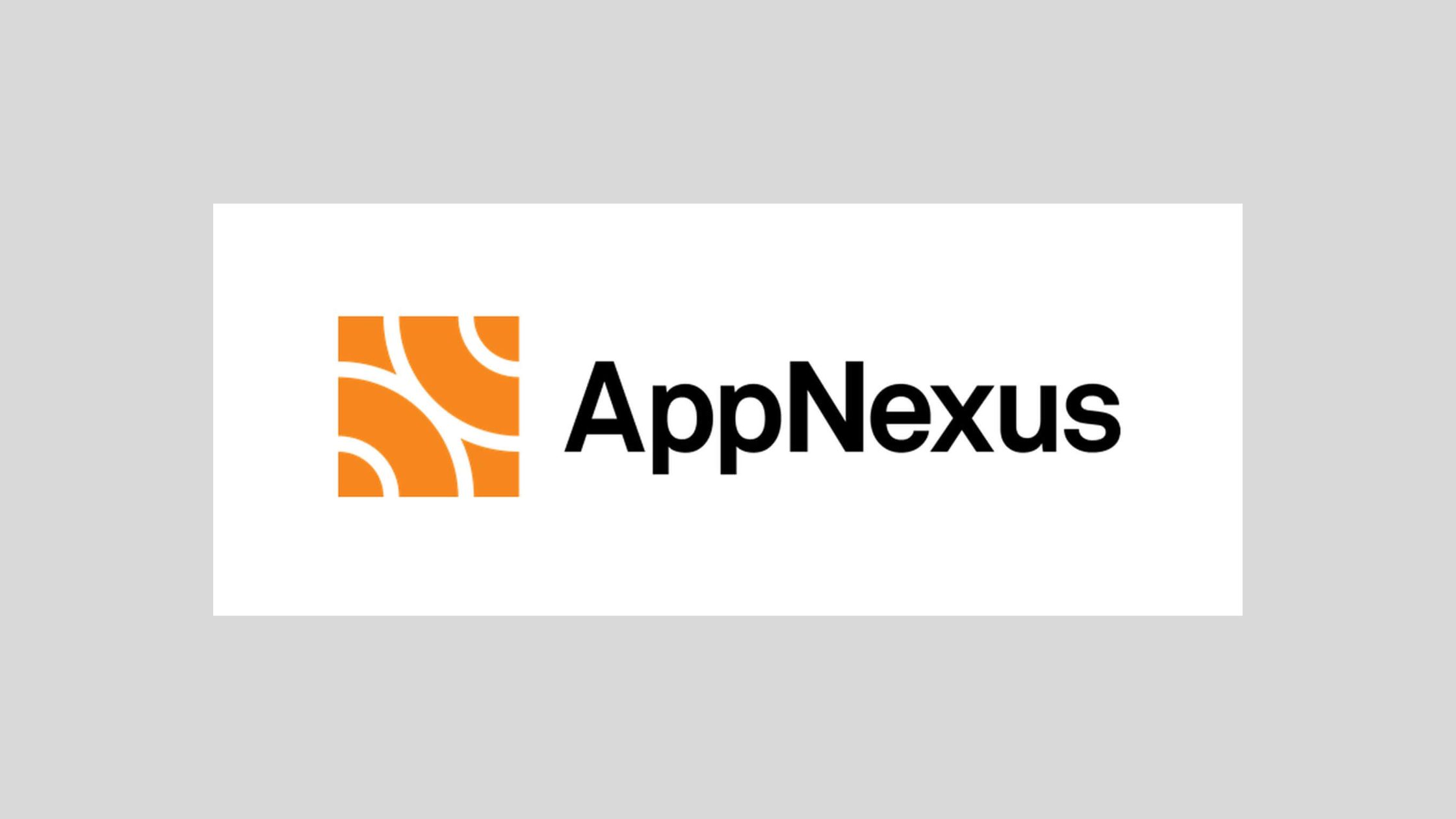Demand-side platforms (DSPs) are an essential tool for digital advertisers and agencies. DSPs first emerged in the late 2000s when real-time bidding (RTB) began to take off, with MediaMath and Rocket Fuel being among the first DSPs on the market. Nowadays, there are hundreds of DSPs available, providing advertisers and agencies with access to all types of inventories across different channels.
DSPs are platforms that allow advertisers and agencies to buy ad inventory programmatically. They connect to various supply-side platforms (SSPs) and ad exchanges, providing access to a wide range of inventory, including display, native, video, and in-app mobile ads. Advertisers and agencies can then use a DSP to purchase this inventory in real-time through an auction process, which enables them to reach their target audience more effectively and efficiently.
One of the key advantages of using a DSP is the ability to target specific audiences. DSPs allow advertisers to target their ads based on various criteria, such as demographics, location, browsing history, and interests. This allows advertisers to reach the right people at the right time, which is crucial for success.
Another advantage of DSPs is the ability to optimize campaigns in real-time. DSPs provide advertisers with real-time data on the performance of their campaigns, allowing them to make adjustments as needed to improve performance. This is particularly important for advertisers with limited budgets, as it allows them to make the most of their spend.
DSPs also provide advertisers with access to a wide range of inventory. As previously mentioned, DSPs connect to various SSPs and ad exchanges, providing access to a wide range of inventory. This is particularly useful for advertisers looking to reach specific audiences, as it allows them to find the right inventory to reach their target audience.
There are many DSPs available, each with its own strengths and weaknesses. Some DSPs, such as MediaMath and Rocket Fuel, have been around for a long time and have a strong track record. Other newer DSPs, such as The Trade Desk and AppNexus, have also gained popularity in recent years.
When choosing a DSP, it is important to consider your specific needs. Some DSPs may be better suited to certain types of campaigns or audiences. For example, some DSPs specialize in mobile advertising, while others may be better suited to video advertising. It is also important to consider the size of your budget, as some DSPs may be more expensive than others.
In addition to considering the specific features of a DSP, it is also important to consider the level of support that a DSP can provide. Some DSPs offer more extensive support than others, including training and consulting services. This can be especially helpful for advertisers who are new to programmatic advertising.
Here are some of the leading DSPs in the programmatic advertising industry:
MediaMath
MediaMath is known for its innovative approach to DSP technology. The platform incorporates cutting-edge predictive algorithms to aid buyers in making strategic bids, and it offers unparalleled flexibility with customizable user interfaces and workflows that cater to the unique needs of any media buyer.
RocketFuel
Rocket Fuel’s Moment Scoring™ technology uses AI and big data to make real-time calculations of each ad opportunity, determining the chances of a consumer taking a desired action based on a marketer’s goal.
The Trade Desk
This DSP is known for its user-friendly interface and advanced targeting capabilities, making it a popular choice among advertisers and agencies. It also offers access to a wide range of inventory across different channels, including display, native, video, and in-app mobile.
Google Ads (formerly DoubleClick Bid Manager)
As one of the largest and most well-known tech companies, Google‘s DSP offers a vast amount of inventory and robust targeting options. It also integrates well with other Google advertising products, such as Google Analytics and Google AdWords.
Adobe Advertising Cloud
Adobe‘s DSP is popular among advertisers and agencies for its advanced reporting and analytics capabilities, as well as its integration with other Adobe products such as Adobe Analytics and Adobe Experience Cloud.
Amazon Advertising Platform (AAP)
This DSP is particularly useful for brands that want to advertise on Amazon’s properties and reach Amazon customers. It also has a wide range of inventory and targeting options.
AppNexus
This DSP is known for its real-time bidding capabilities and access to a wide range of inventory across different channels, making it a popular choice among advertisers and agencies.
These DSPs are considered top players in the industry due to their wide range of inventory, advanced targeting options and ability to integrate with other tools, along with their robust reporting and analytics capabilities. They also have a good reputation in the market and have been around for a while in the industry, which gives them an edge over other players. Additionally, they have a large client base and are able to bring in more revenue and have a larger market share.
